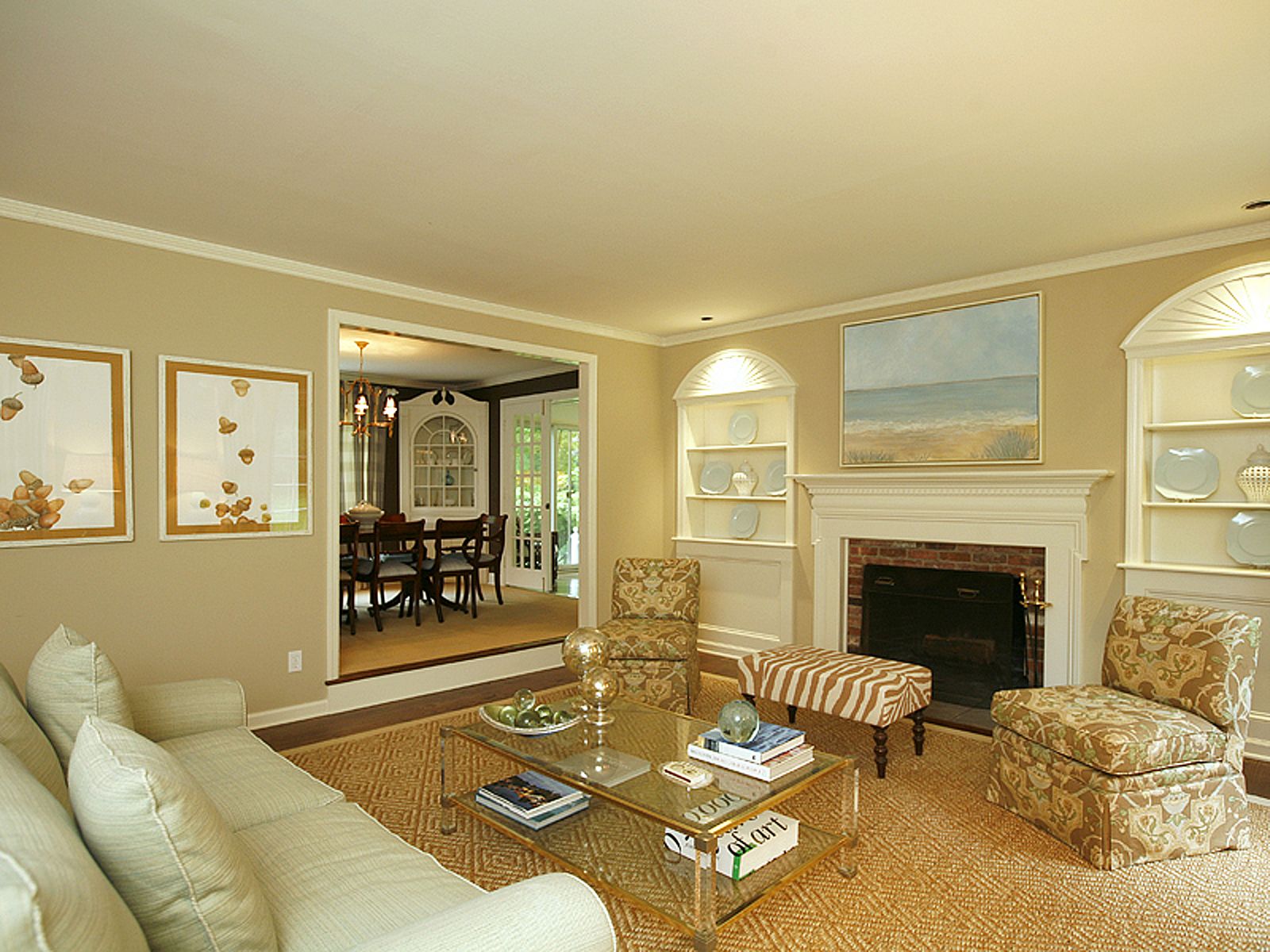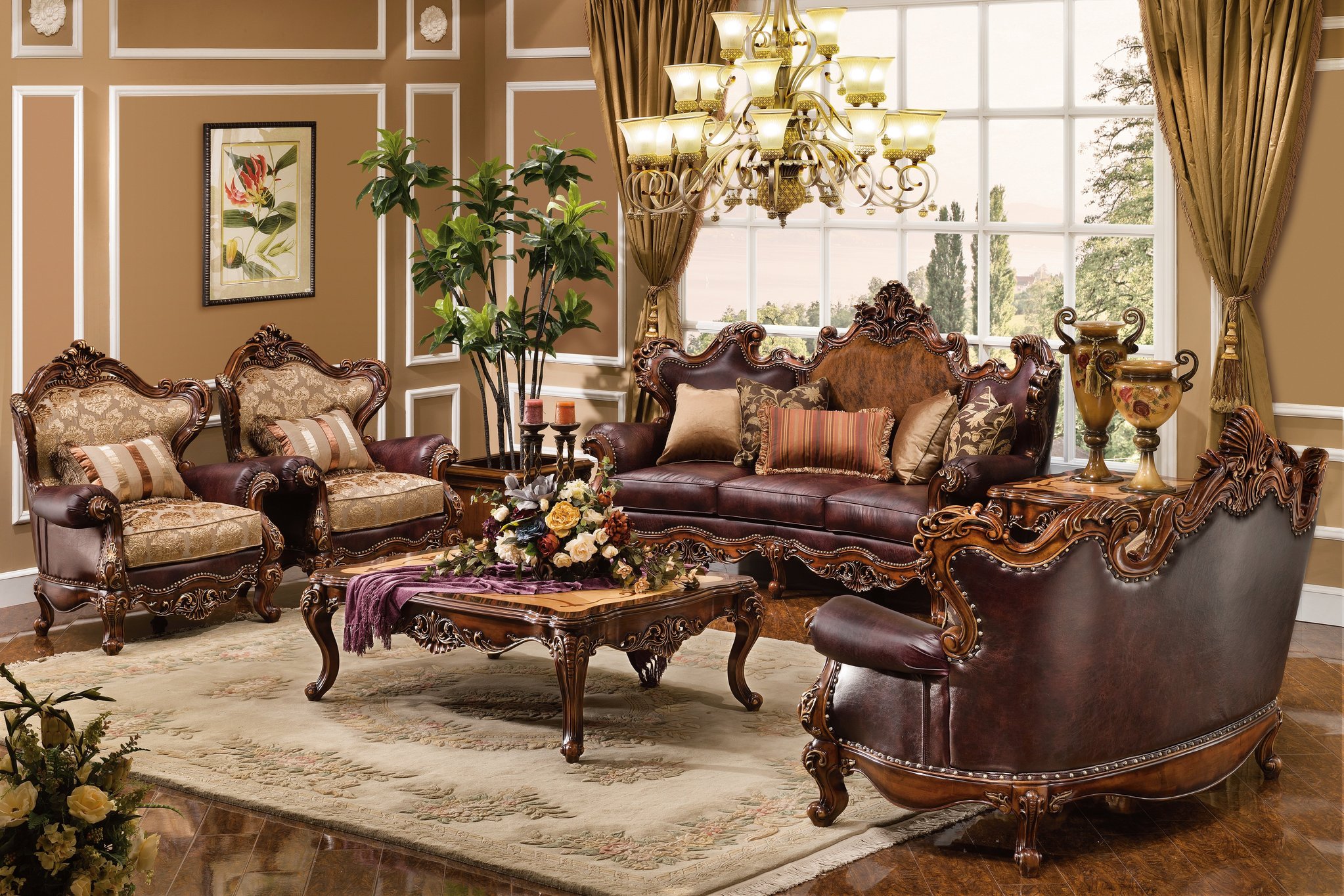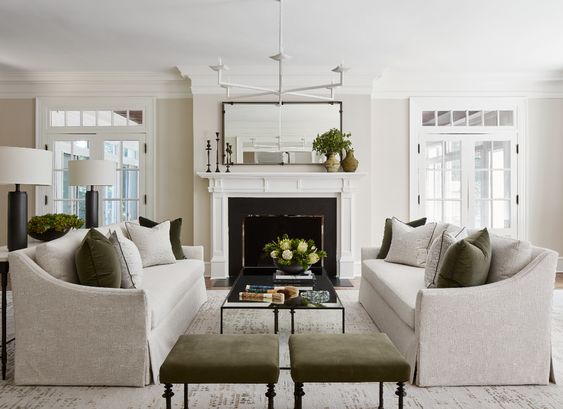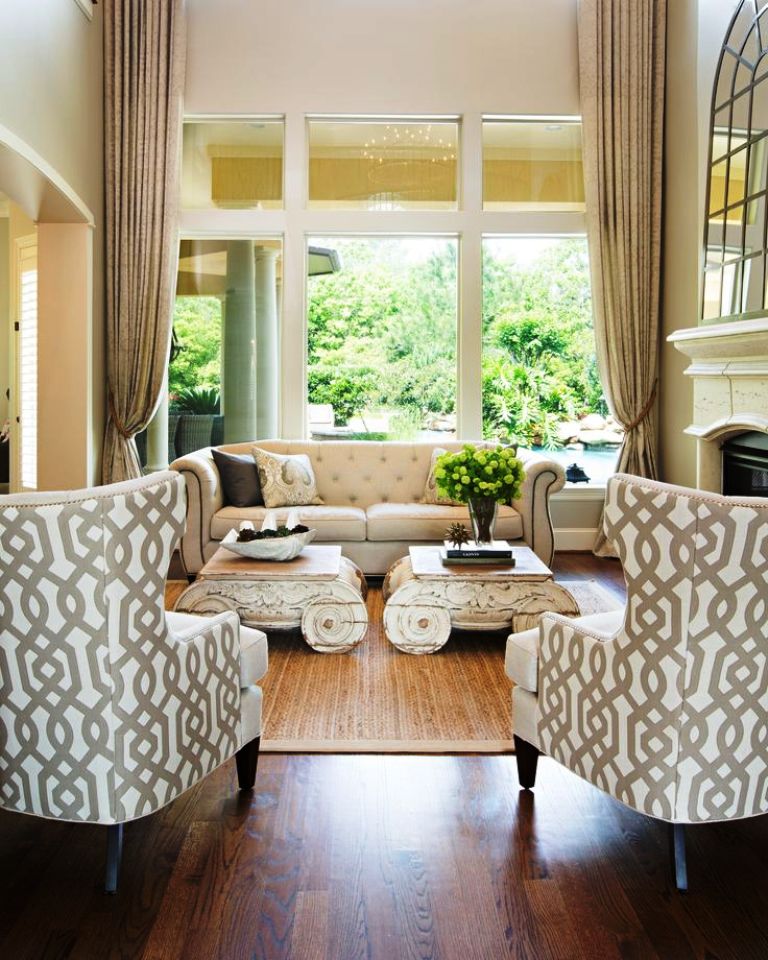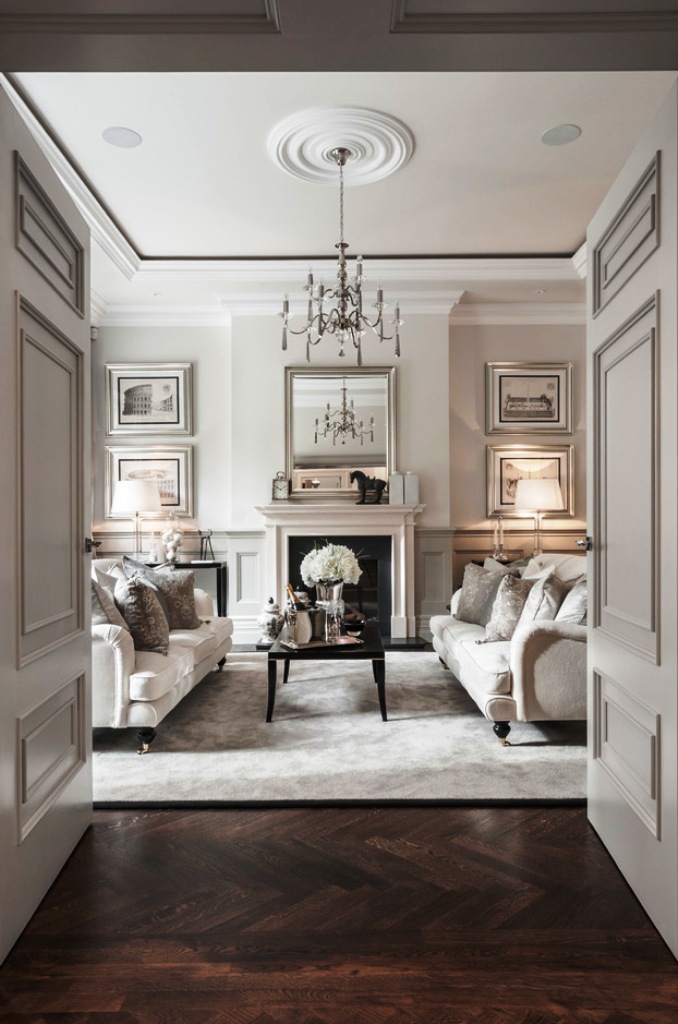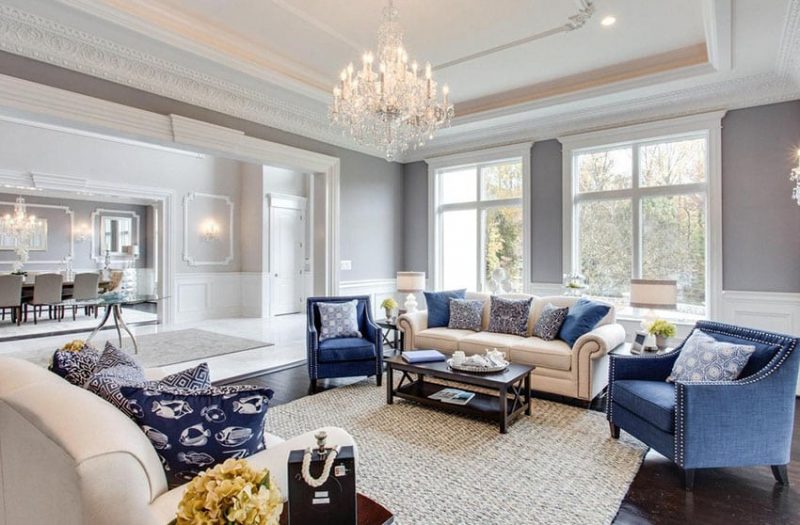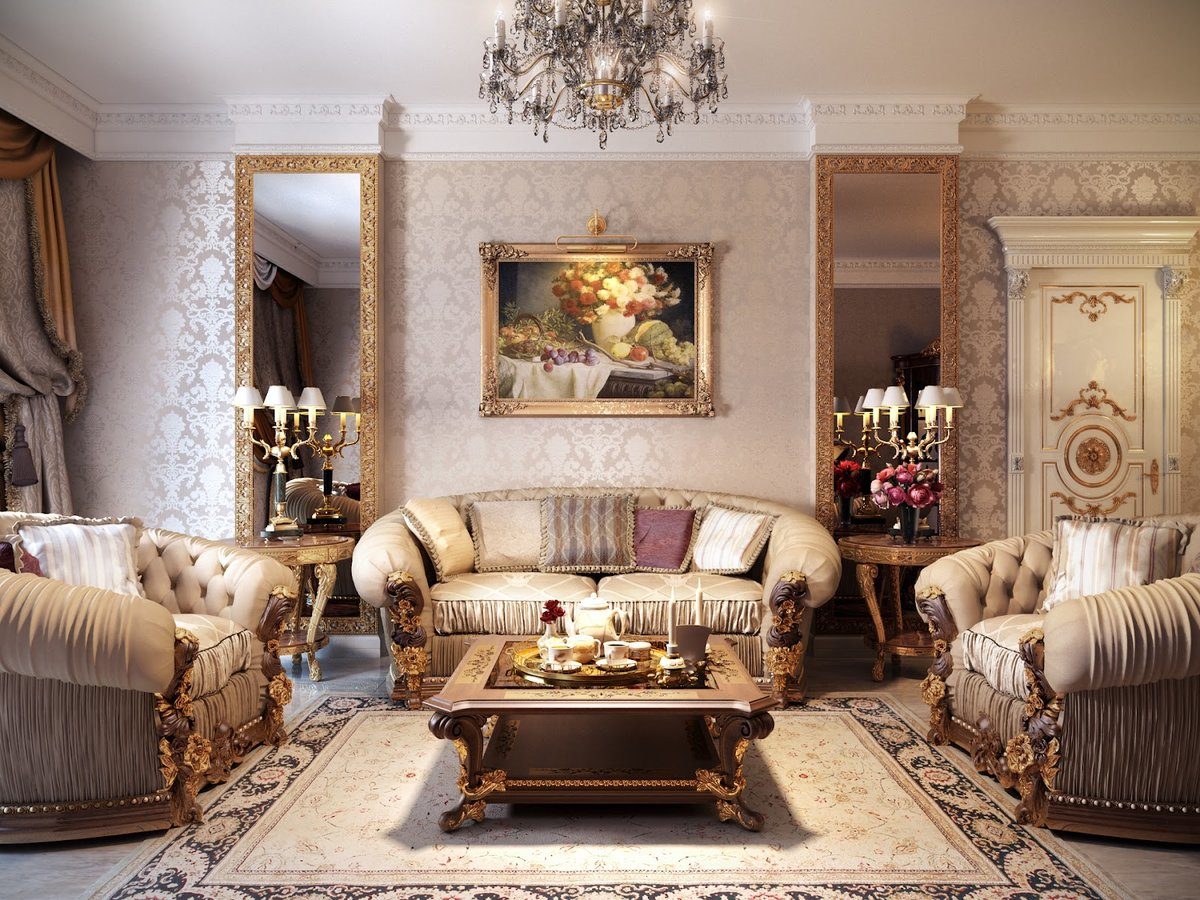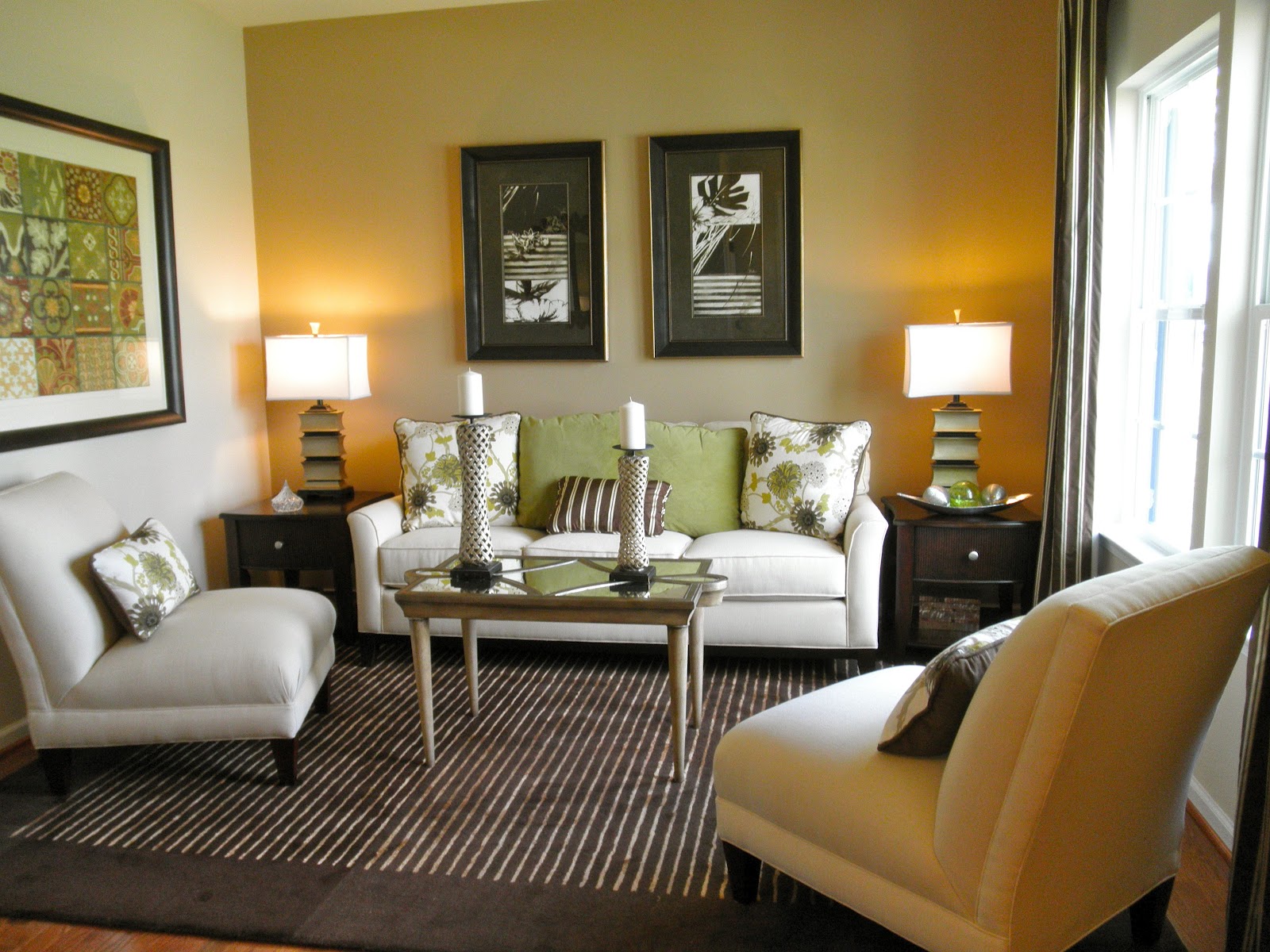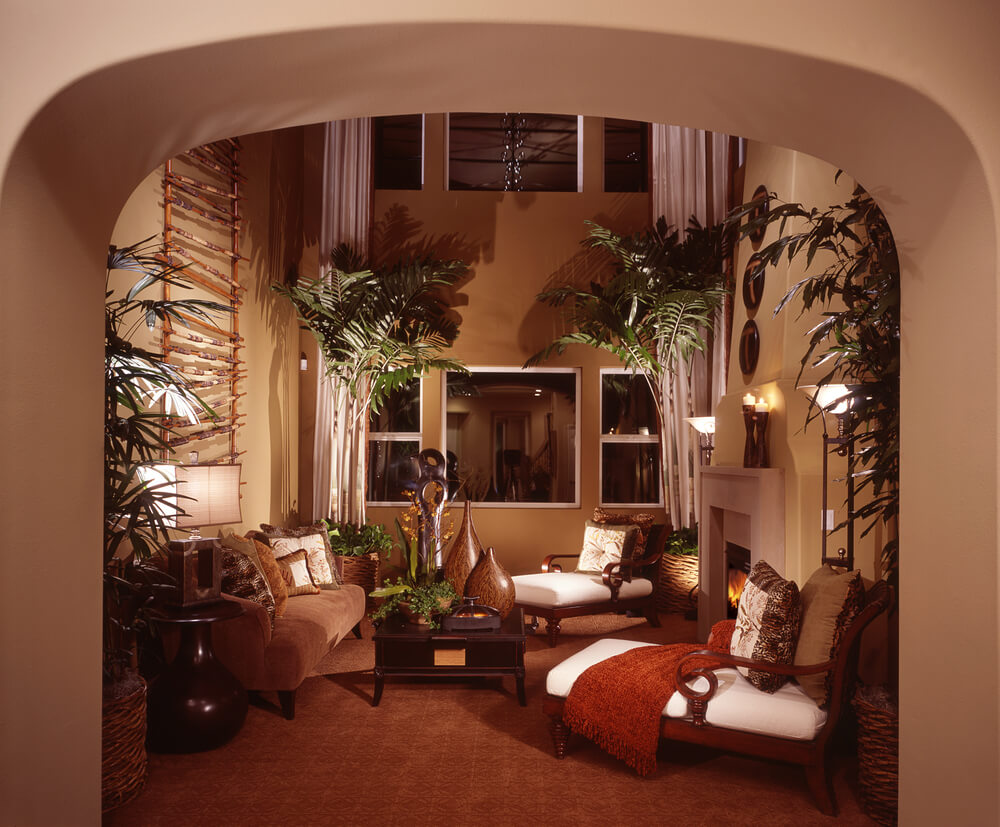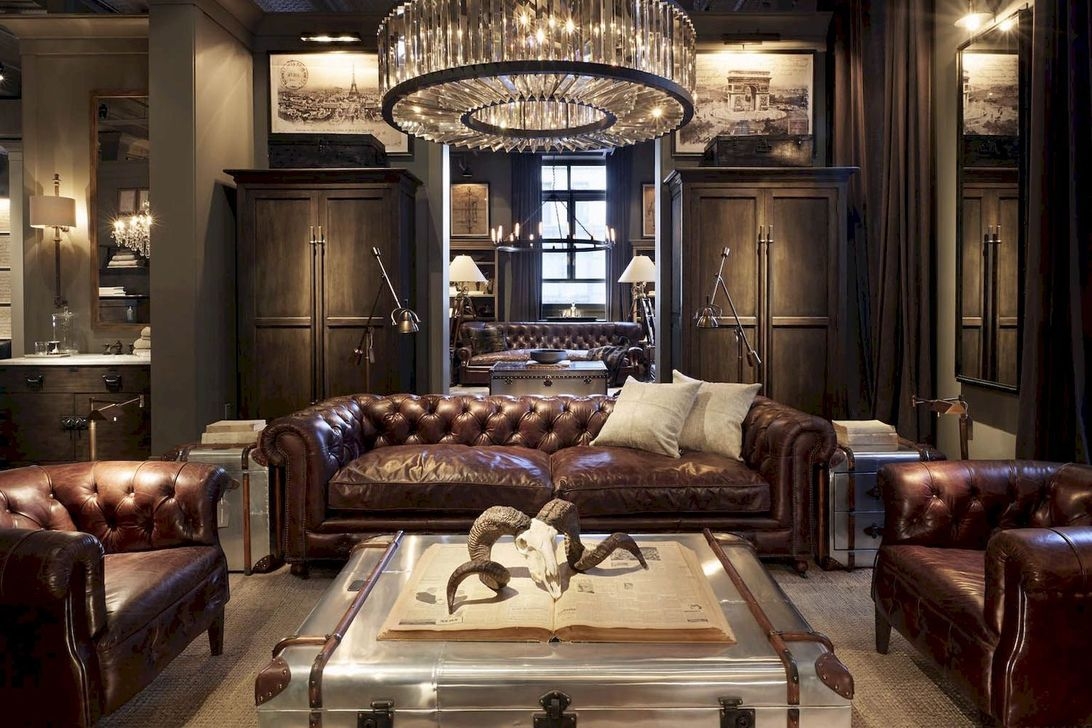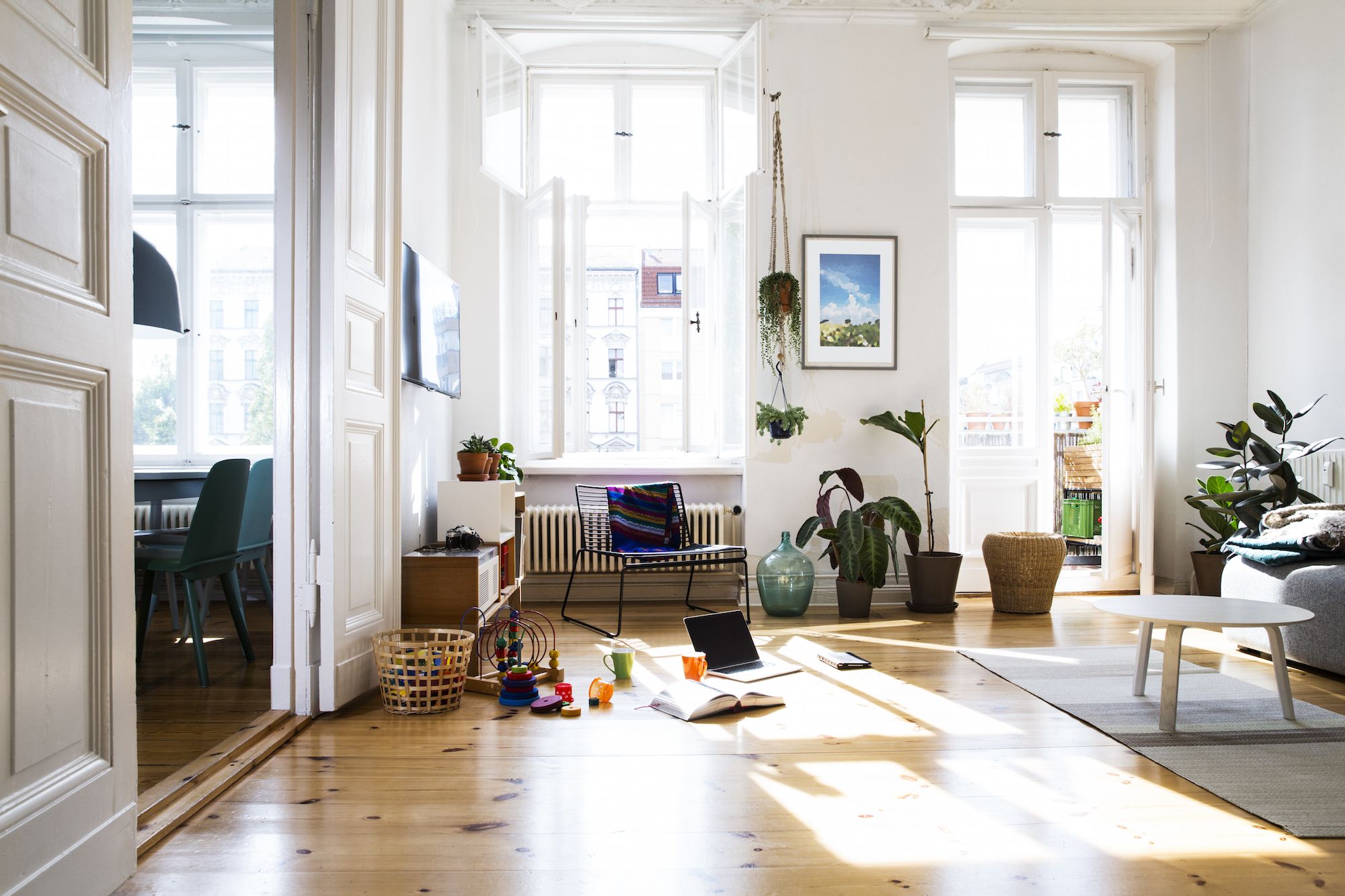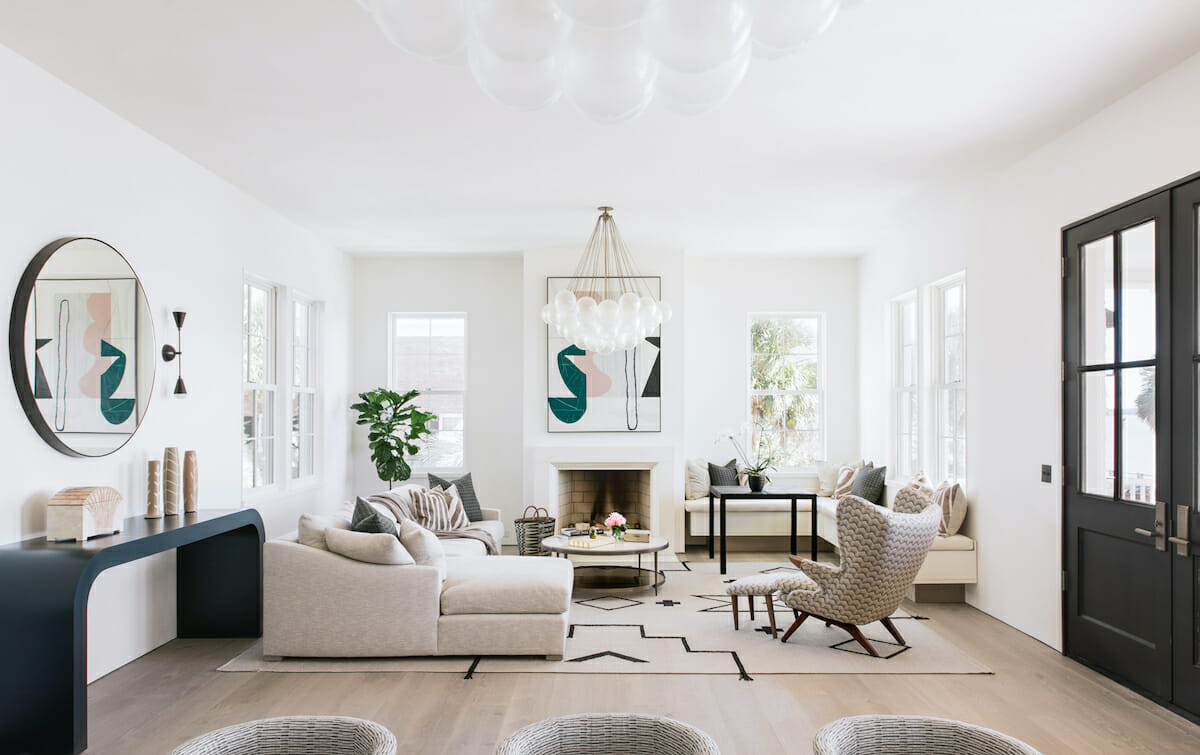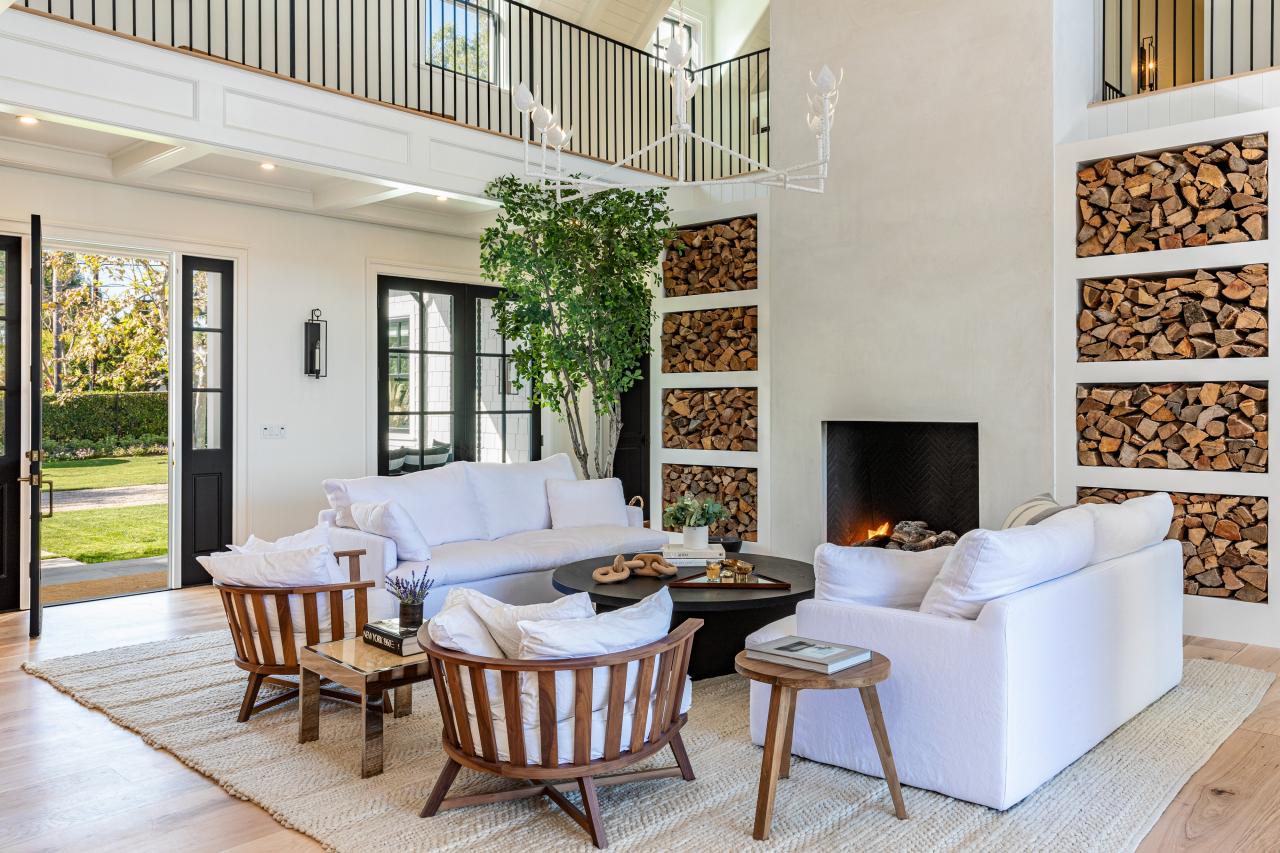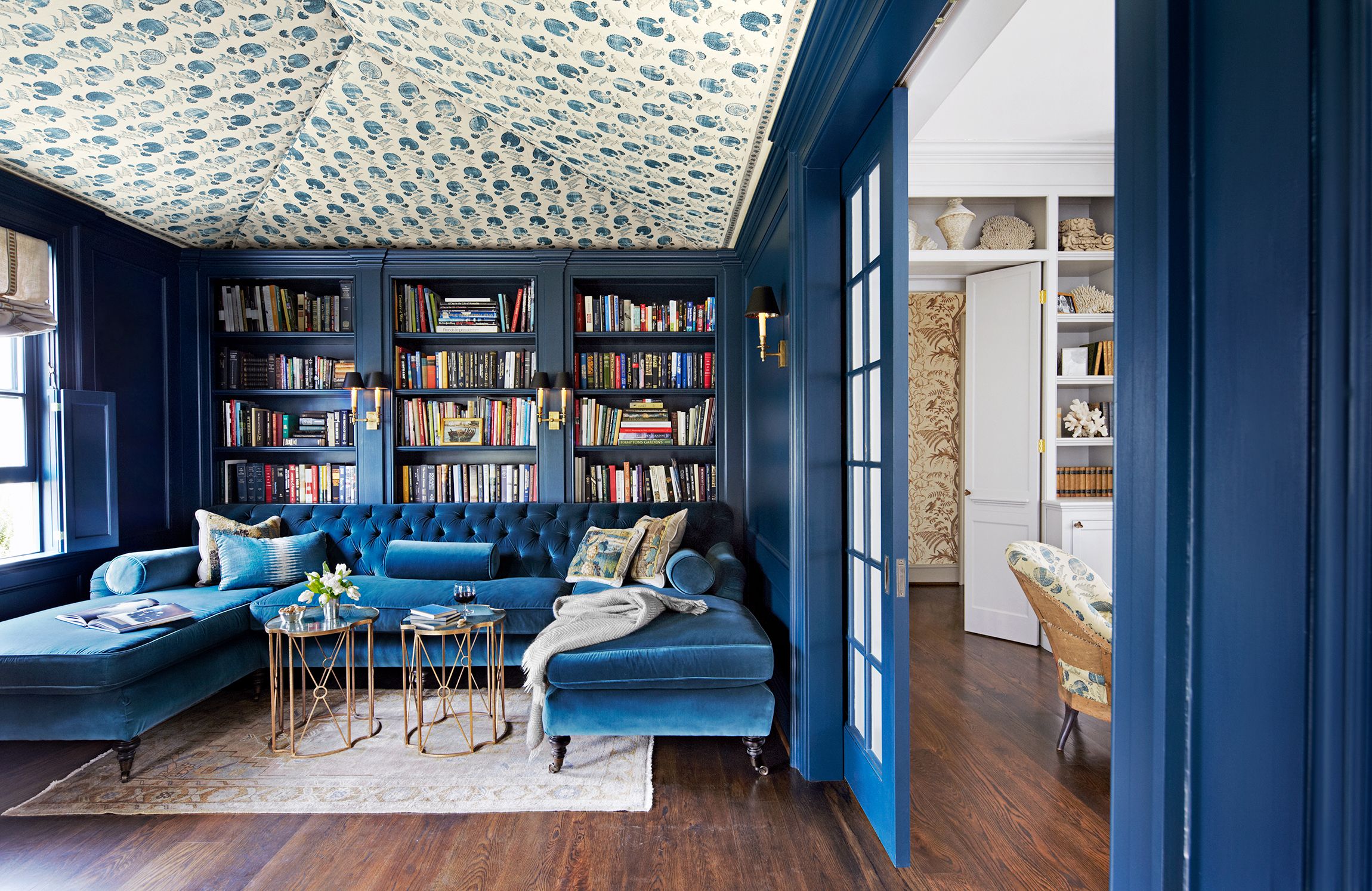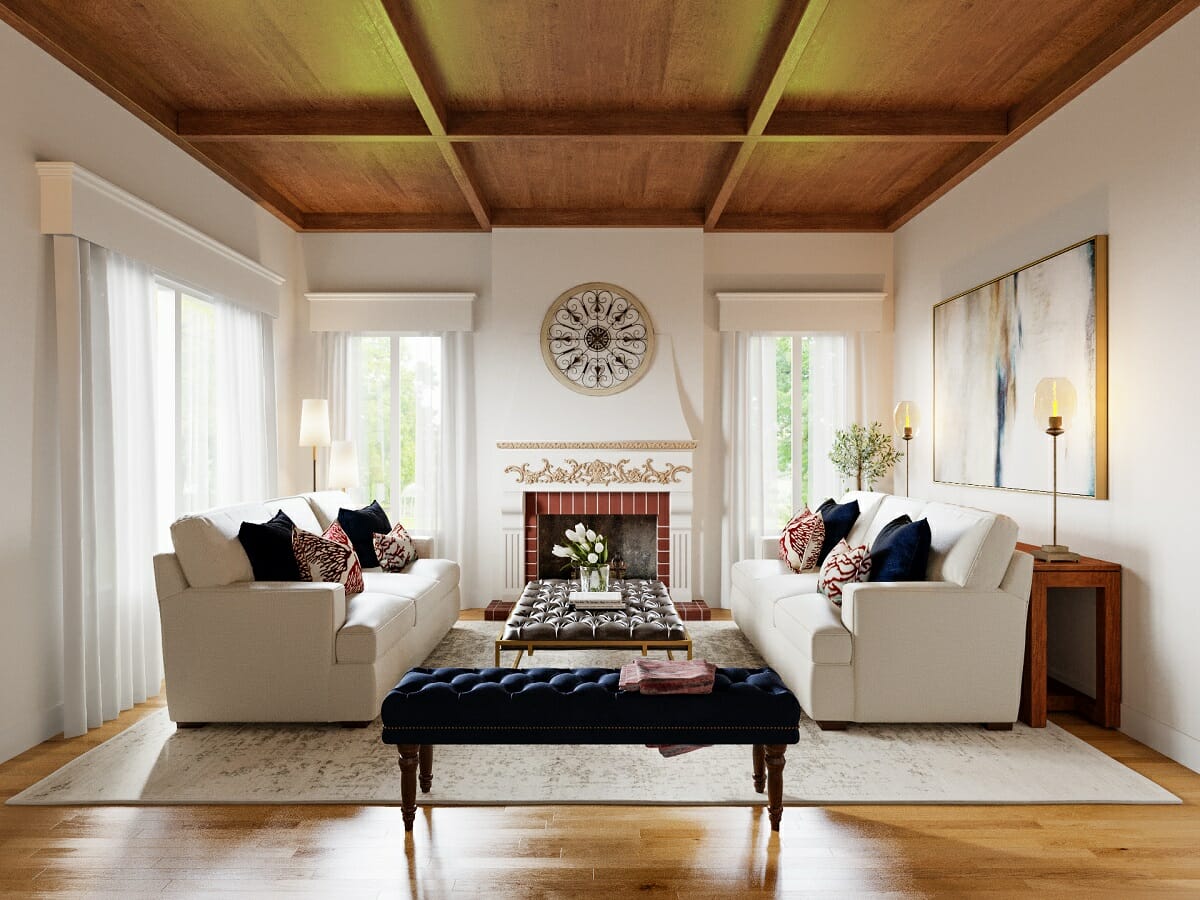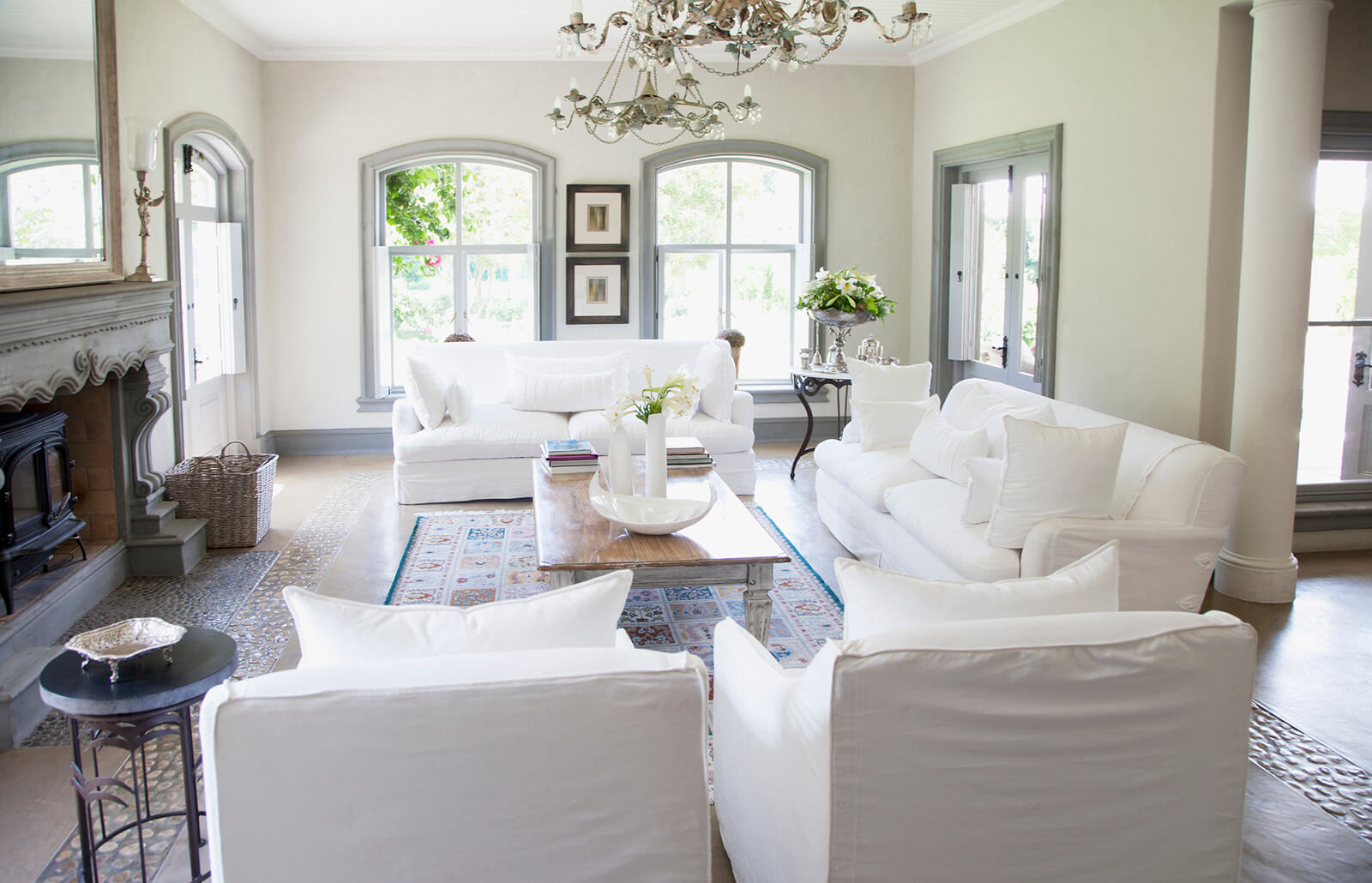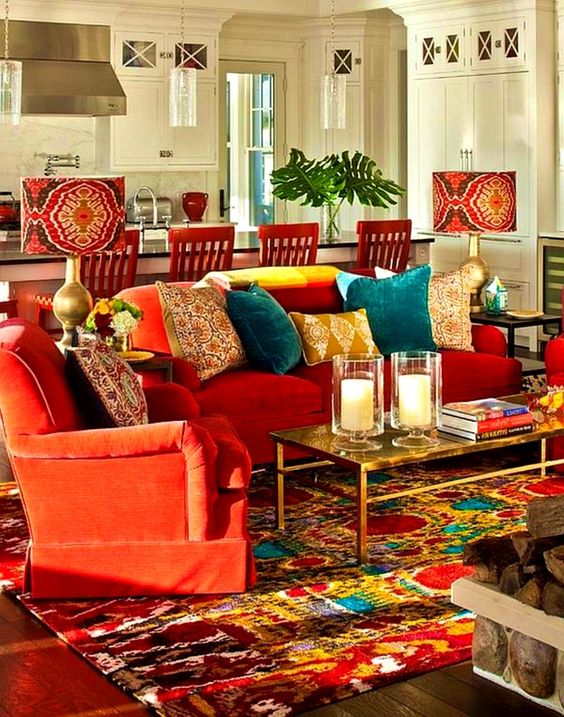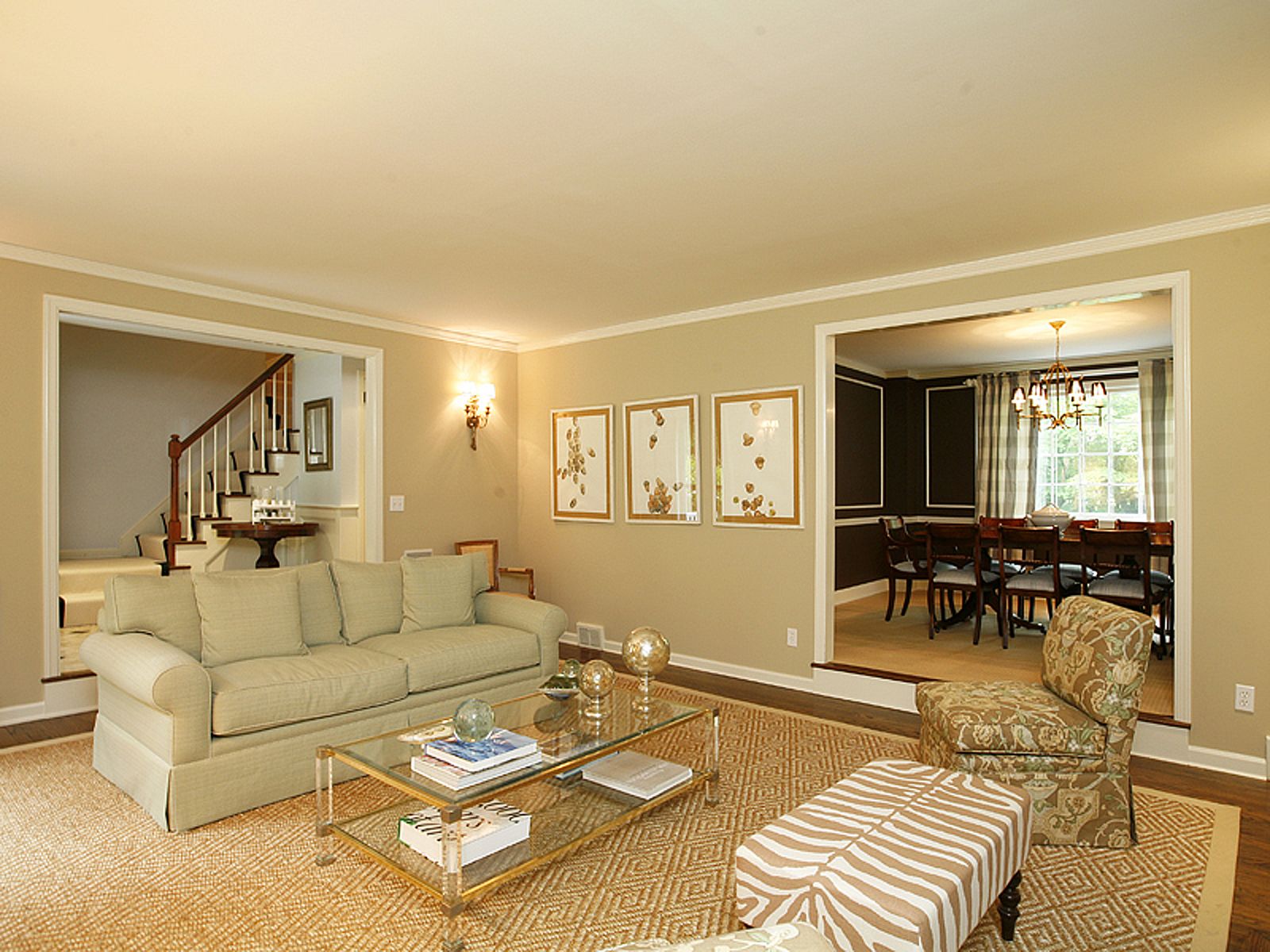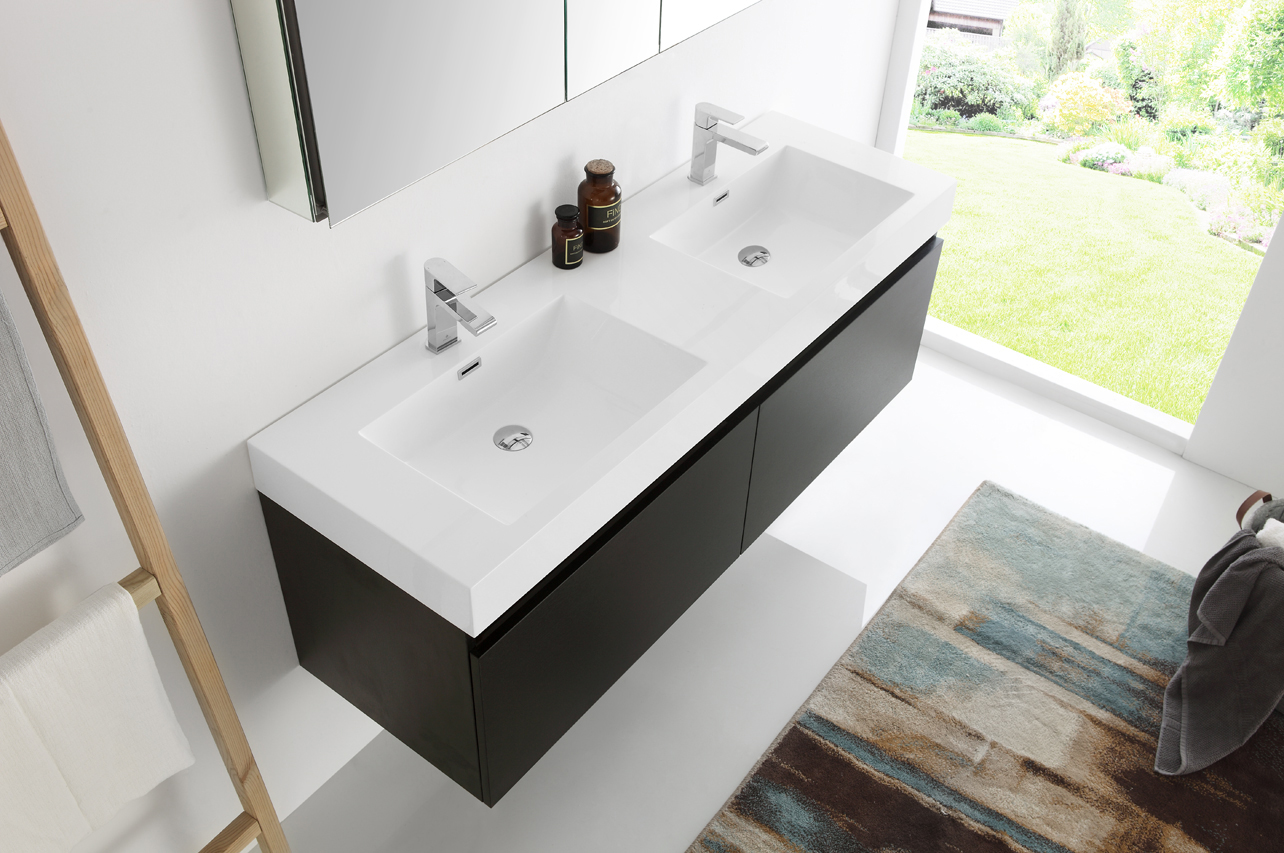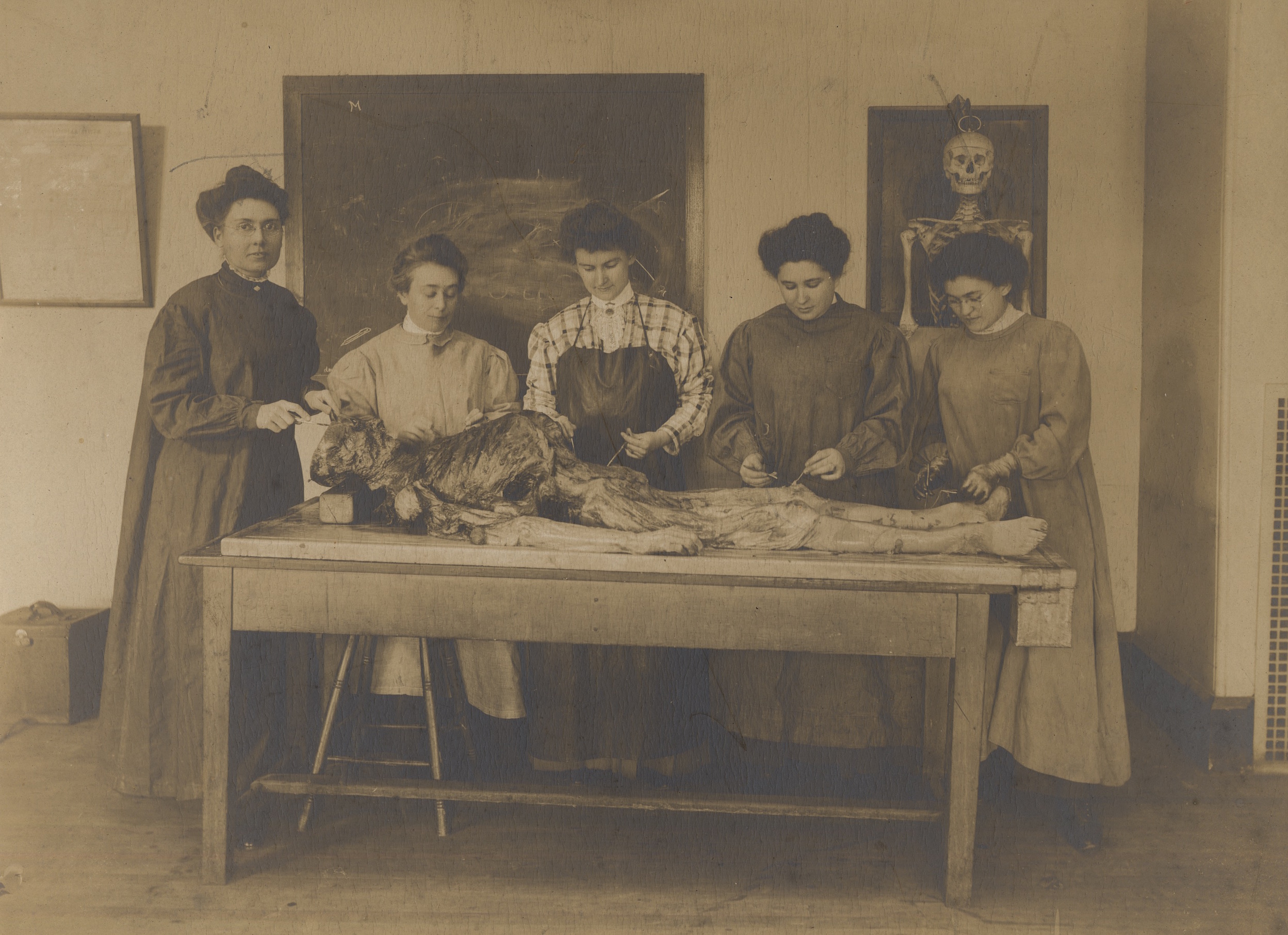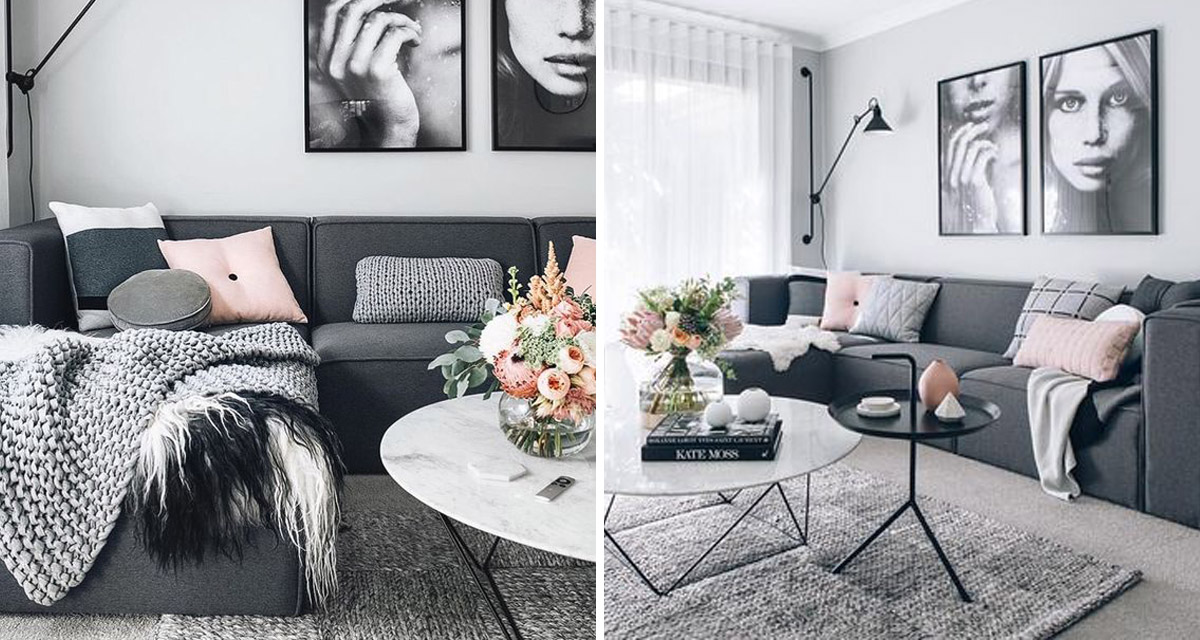Formal living room design
Designing a formal living room is all about creating a luxurious and elegant space that exudes sophistication and style. This room is typically reserved for special occasions and entertaining guests, making it an important part of any home. A well-designed formal living room can leave a lasting impression on visitors and make them feel welcomed and impressed.
Necessary furniture for a formal living room
When it comes to furnishing a formal living room, there are a few key pieces that are a must-have. First and foremost, a comfortable and stylish sofa is essential for seating guests. A pair of armchairs or a chaise lounge can also add additional seating and a touch of elegance to the room. A coffee table or a set of side tables is necessary for placing drinks and snacks during gatherings.
For a more formal and traditional look, a set of matching upholstered chairs and a grand piano can add a touch of sophistication to the room. However, for a more modern and eclectic vibe, mixing and matching different styles and materials can also create a unique and stylish look.
Pro tip: Incorporate pieces that reflect your personal style and add a personal touch to the room.
How to decorate a formal living room
Decorating a formal living room can be a daunting task, but with the right approach, it can be a fun and rewarding process. First, consider the overall theme and color scheme of the room. Some popular color choices for formal living rooms include neutral tones like beige, cream, and grey, as well as rich and bold colors like navy, burgundy, and emerald green.
Next, add decorative elements such as artwork, mirrors, and statement lighting to elevate the space and add visual interest. These pieces can also tie in with the overall theme and color scheme of the room. Lastly, don't forget to incorporate luxurious and comfortable textiles, such as plush rugs and velvet or silk curtains, to add texture and warmth to the room.
Formal living room layout
The layout of a formal living room is crucial in creating a functional and visually appealing space. Start by considering the focal point of the room, whether it's a fireplace, a grand piano, or a beautiful piece of artwork. This will serve as a guide for arranging the furniture and other decorative elements.
It's important to leave enough space for people to move around comfortably, so avoid cluttering the room with too much furniture. Arrange the seating in a way that encourages conversation and creates a cozy and inviting atmosphere. Pro tip: Place a small table or a bar cart near the seating area for easy access to drinks and snacks during gatherings.
Creating a formal living room
For those who don't have a designated formal living room in their home, it's still possible to create one with the right elements and design choices. Look for an area in your home that can serve as a multi-functional space, such as a dining room or a spare room.
Start by designating an area as the seating and conversation area, and add a sofa, armchairs, and a coffee table. Use decorative elements like rugs, curtains, and artwork to define the space and give it a formal feel. Finally, add a statement piece, like a chandelier or a grand mirror, to elevate the room and give it a luxurious touch.
Formal living room essentials
No formal living room is complete without a few key essentials that add to the overall look and feel of the space. These include a grand chandelier or statement lighting, a stylish and comfortable sofa, a set of armchairs, and a coffee table. Don't forget to add decorative elements like artwork, mirrors, and rugs to tie the room together and add personality to the space.
Another essential for a formal living room is a bar or drink station. This allows for easy access to drinks and refreshments during gatherings and adds a touch of sophistication to the room.
Formal living room decor ideas
If you're looking for inspiration to decorate your formal living room, here are a few ideas to get you started:
- Incorporate a mix of modern and traditional elements for a unique and eclectic look.
- Use a bold and rich color for the walls to make a statement.
- Add a touch of luxury with velvet or silk textiles.
- Create a cozy and inviting atmosphere with a fireplace or a faux fireplace.
- Add a pop of color with a statement piece of furniture, like a bright armchair or a colorful rug.
Importance of a formal living room
While some may argue that a formal living room is a thing of the past, it still holds importance in today's homes. This room provides a designated space for special occasions and gatherings, away from the hustle and bustle of everyday life. It also serves as a reflection of the homeowner's style and taste, leaving a lasting impression on visitors.
A formal living room can also be a versatile space that can be used for various purposes, such as a home office, a reading room, or a quiet retreat. It's a multi-functional space that adds value to a home and creates a welcoming and elegant atmosphere.
Formal living room vs. family room
The main difference between a formal living room and a family room is the function and purpose of the space. A formal living room is typically reserved for special occasions and entertaining guests, while a family room is a more casual and relaxed space for everyday use.
In terms of design, a formal living room tends to have a more upscale and luxurious feel, while a family room is more comfortable and functional. The furniture and decorative elements in a formal living room are often more formal and traditional, while a family room may have a mix of styles and a more casual vibe.
Formal living room must-haves
When designing a formal living room, here are some must-have elements to consider:
- Comfortable and stylish seating, such as a sofa and armchairs.
- A coffee table or a set of side tables for drinks and snacks.
- Decorative elements like artwork, mirrors, and statement lighting.
- A designated bar or drink station for entertaining guests.
- Luxurious textiles like rugs and curtains for added warmth and texture.
With these essential elements and design tips, you can create a stunning and functional formal living room that will impress your guests and add value to your home. Whether you have a designated space or need to create one, a formal living room is a necessary addition for any home.
The Importance of a Formal Living Room in House Design

The Role of a Formal Living Room
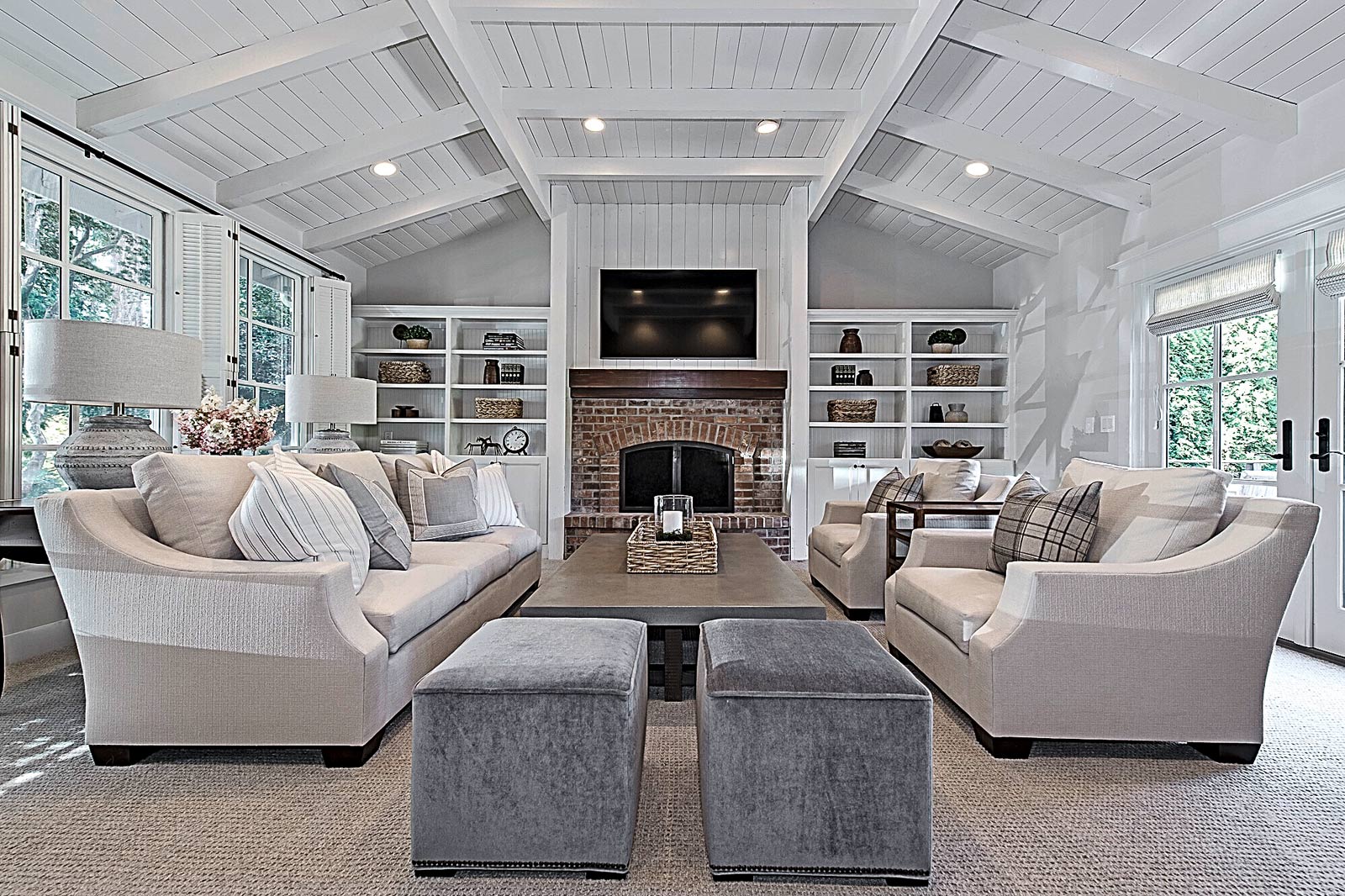 When designing a house, one may question the necessity of a formal living room. With the rise of more casual and open floor plans, many people believe that a formal living room is no longer relevant. However, a formal living room serves a vital purpose in house design and should not be overlooked.
Formal living rooms have been a staple in house design for centuries, and for good reason. They serve as a designated space for hosting and entertaining guests, away from the hustle and bustle of the rest of the house. This room provides a sense of elegance and sophistication, making it the perfect setting for special occasions and formal events.
When designing a house, one may question the necessity of a formal living room. With the rise of more casual and open floor plans, many people believe that a formal living room is no longer relevant. However, a formal living room serves a vital purpose in house design and should not be overlooked.
Formal living rooms have been a staple in house design for centuries, and for good reason. They serve as a designated space for hosting and entertaining guests, away from the hustle and bustle of the rest of the house. This room provides a sense of elegance and sophistication, making it the perfect setting for special occasions and formal events.
Creating a Welcoming Atmosphere
 In addition to its practical purposes, a formal living room also adds to the overall ambiance of a house. It creates a sense of grandeur and luxury, making guests feel welcomed and impressed. This is especially important for those who frequently host business colleagues or important social events. A well-designed formal living room can leave a lasting impression on visitors and reflect positively on the homeowner's taste and style.
The formal living room can also serve as a peaceful retreat within the house. With its refined decor and comfortable seating, it can be a quiet place to relax and unwind away from the chaos of everyday life.
In addition to its practical purposes, a formal living room also adds to the overall ambiance of a house. It creates a sense of grandeur and luxury, making guests feel welcomed and impressed. This is especially important for those who frequently host business colleagues or important social events. A well-designed formal living room can leave a lasting impression on visitors and reflect positively on the homeowner's taste and style.
The formal living room can also serve as a peaceful retreat within the house. With its refined decor and comfortable seating, it can be a quiet place to relax and unwind away from the chaos of everyday life.
Flexibility in Design
:strip_icc()/DesignbyEmilyHendersonDesignPhotographerbyRyanLiebe_21-01b55e98eaa246a1b10472ef3f30c2f7.jpg) Contrary to popular belief, formal living rooms do not have to be stuffy or outdated. They can be designed to reflect the homeowner's personal style and preferences. From traditional and classic to modern and sleek, there are endless possibilities for creating a formal living room that fits the overall aesthetic of the house.
Not only does a formal living room provide flexibility in design, but it also offers versatility in its use. This space can double as a home office, library, or even a music room. It can also serve as a quiet place to read or enjoy a cup of tea, away from the distractions of the rest of the house.
Contrary to popular belief, formal living rooms do not have to be stuffy or outdated. They can be designed to reflect the homeowner's personal style and preferences. From traditional and classic to modern and sleek, there are endless possibilities for creating a formal living room that fits the overall aesthetic of the house.
Not only does a formal living room provide flexibility in design, but it also offers versatility in its use. This space can double as a home office, library, or even a music room. It can also serve as a quiet place to read or enjoy a cup of tea, away from the distractions of the rest of the house.
In Conclusion
 In conclusion, a formal living room is an essential element in house design. It serves as a designated space for hosting and entertaining, creates a welcoming atmosphere, and offers flexibility in both design and use. Don't overlook the importance of this room in your house design and consider incorporating it into your next project.
In conclusion, a formal living room is an essential element in house design. It serves as a designated space for hosting and entertaining, creates a welcoming atmosphere, and offers flexibility in both design and use. Don't overlook the importance of this room in your house design and consider incorporating it into your next project.
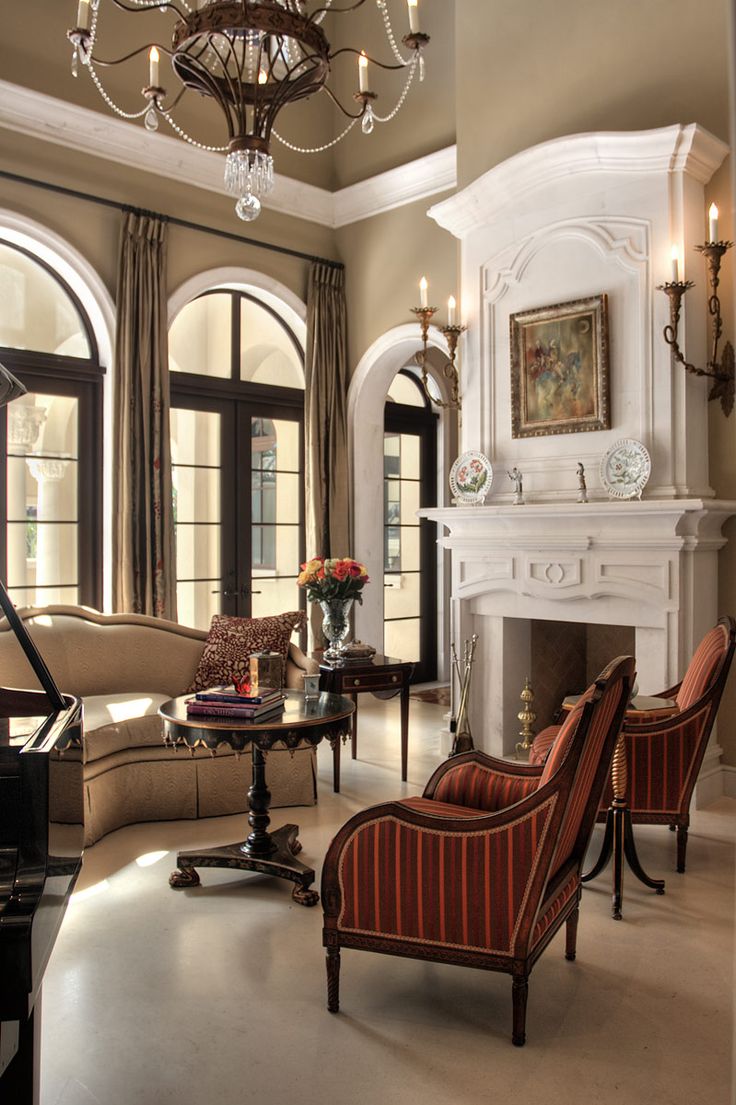
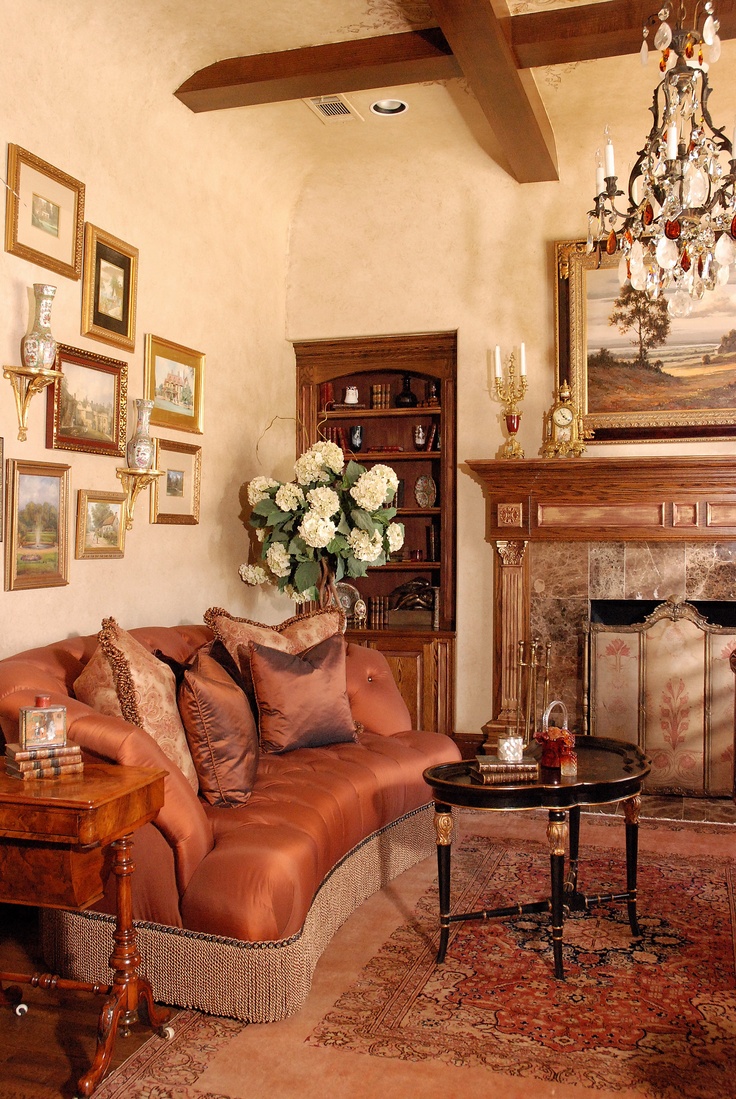

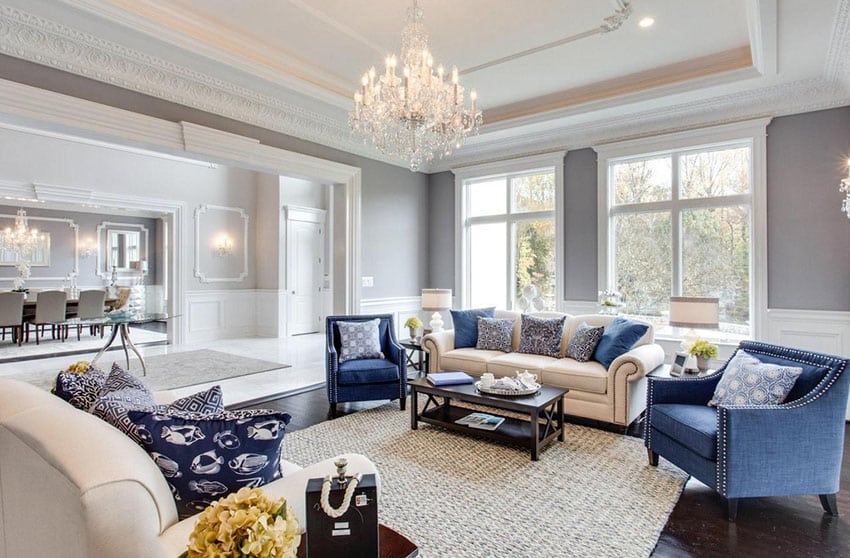
/DesignbyEmilyHendersonDesignPhotographerbyRyanLiebe_21-01b55e98eaa246a1b10472ef3f30c2f7.jpg)



